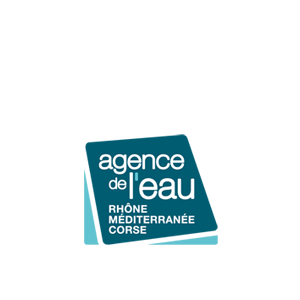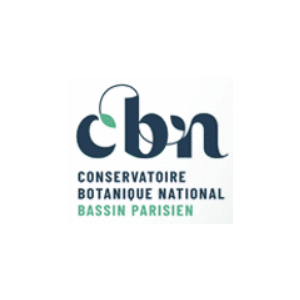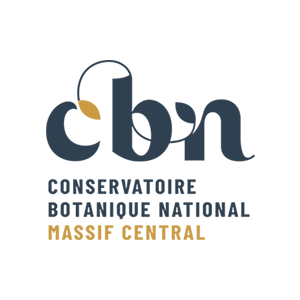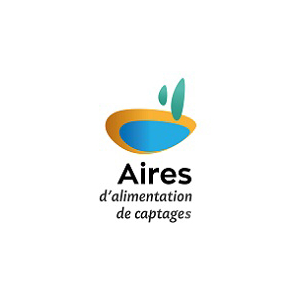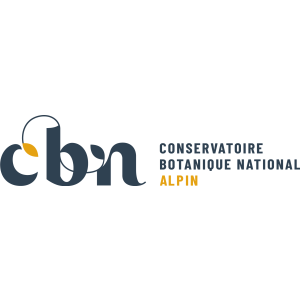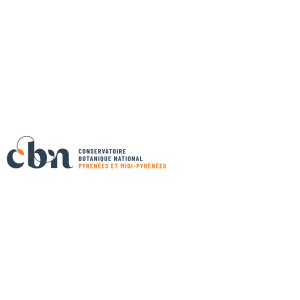
Document généré le 31/08/2025 depuis l'adresse: https://www.documentation.eauetbiodiversite.fr/fr/notice/what-is-a-moth-doing-under-water-ecology-of-aquatic-and-semi-aquatic-lepidoptera
Titre alternatif
Producteur
Contributeur(s)
EDP Sciences
Identifiant documentaire
11-dkey/10.1051/kmae/2018030
Identifiant OAI
oai:edpsciences.org:dkey/10.1051/kmae/2018030
Auteur(s):
Krzysztof Pabis
Mots clés
Lepidoptera
Acentropinae
caterpillars
freshwater
herbivory
Lépidoptères
Acentropinae
chenille
eau douce
herbivorie
Date de publication
24/10/2018
Date de création
Date de modification
Date d'acceptation du document
Date de dépôt légal
Langue
en
Thème
Type de ressource
Source
https://doi.org/10.1051/kmae/2018030
Droits de réutilisation
Région
Département
Commune
Description
This paper reviews the current knowledge on the ecology of aquatic and semi-aquatic moths, and discusses possible pre-adaptations of the moths to the aquatic environment. It also highlights major gaps in our understanding of this group of aquatic insects. Aquatic and semi-aquatic moths represent only a tiny fraction of the total lepidopteran diversity. Only about 0.5% of 165 000 known lepidopterans are aquatic; mostly in the preimaginal stages. Truly aquatic species can be found only among the Crambidae, Cosmopterigidae and Erebidae, while semi-aquatic forms associated with amphibious or marsh plants are known in thirteen other families. These lepidopterans have developed various strategies and adaptations that have allowed them to stay under water or in close proximity to water. Problems of respiratory adaptations, locomotor abilities, influence of predators and parasitoids, as well as feeding preferences are discussed. Nevertheless, the poor knowledge on their biology, life cycles, genomics and phylogenetic relationships preclude the generation of fully comprehensive evolutionary scenarios.
Accès aux documents
0
Consultations
0
Téléchargements






